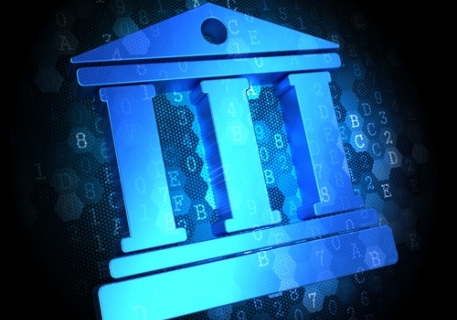Why U.S. Bank Is Banking on Mobile Payments To Drive Revenues

Banks have taken some big hits on the fee income side over the last several years, and are trying to find ways to fill the gap. U.S. Bank’s CEO believes mobile payments are the answer. But why?
Richard Davis, U.S. Bancorp chairman, president and CEO, likes what he sees in the financial institution’s payments portfolio, and he is particularly pleased with opportunities to come as mobile begins to play a bigger role in payments.
During a conference call with analysts July 16 to discuss second-quarter earnings, Davis cited the emphasis the bank has placed on research-and-development activities relative to mobile payments, “a space we should be leading in.”
“There are so many derivatives of what could possibly happen next as people want to pay for things and track things and move things,” he said. “And we’re in just about every single prototype we can think of, testing all kinds of different programs. And I’ll look forward to the chance to showcase some of those outcomes.”
Davis, of course, didn’t reveal specifics, saying “it’s our style not to talk about the things we’re piloting because I want to try them first. And why would I telegraph that to others.”
In terms of return on the investment, Davis said he believes mobile payments will represent a replacement-fee opportunity for banks in general “as we get to more core checking costs and start getting paid for helping people see, track and move their money more naturally and more quickly in this environment.”
With U.S. bank recently discontinuing its deposit-advance product, it’s going to be looking more to mobile banking and some of the new innovative deposit products to offset that category, Davis said on the call.
“I will say that U.S. Bank is working on and will probably have a product that will be sufficient to meet a different set of customer needs than we were meeting before,” he said. “But I think we’ll start turning our attention more to things like mobile banking and mobile payments and some of our payment categories to replace what will be kind of a forever lost-income benefit from that original checking-account advance.”
During the quarter, the bank’s Payment Services unit, which includes consumer and business credit cards, stored-value cards, debit cards, corporate and purchasing card services, consumer lines of credit and merchant processing, contributed $284 million in company’s net income, up 5.6 percent from $269 million a year earlier. Creating the gain was an increase in total net revenue, partially offset by an increase in total noninterest expense and a higher provision for credit losses, the bank said in its earnings release.
The unit’s total net revenue increased by $32 million (2.6 percent) year over year. Net interest income increased by $28 million (7.2 percent), primarily due to higher average loan balances and improved loan rates. Total noninterest income was $4 million (0.5 percent) higher year over year.
Contributing to that gain was an increase in credit and debit card revenue on higher transaction volumes, and by higher merchant-processing services revenue, the result of seasonally higher transaction volumes, partially offset by lower other revenue due to the impact of a small-merchant contract termination gain recorded in the second quarter last year, the bank said.
The bank’s average credit card loans were $17.38 billion, up 5.8 percent from $16.42 billion a year earlier. Asked whether year-over-year gains in card balances were taking wallet share away from competitors, Andy Cecere, U.S. Bank’s vice president and chief financial officer, said the institution has experienced both market share and core-customer growth.
Same-store sales on both the merchant and card side were up about 4.5 percent, a little stronger in Europe, but in North America they were up about 4 percent, Cecere said. “And if you look at our card fees, both on a linked quarter and year-over-year basis, it’s reflective of the increase in same-store sales and customer spend.”
Balances, he said, were relatively flat on a linked-quarter basis, partly because of seasonality, but they grew year over year, and the level of spend continues to increase.
Across the payments businesses, the bank saw growth in all categories. “I would say most of the government pressure that we had seen in corporate card is behind us,” Cesere said. “In fact, government actually grew this quarter as well as corporate. So corporate fees are good, merchant-processing fees continue to grow, card fees continue to grow.”
In terms of noninterest revenue, credit and debit card revenue totaled $259 million, up 6.1 percent from $244 million a year earlier. Corporate payment products revenue totaled $182 million, up 3.4 percent from $176 million. Merchant processing services revenue totaled $384 million, up 2.9 percent from $373 million. ATM-processing services totaled $82 million, down 1.2 percent from $83 million.
Card loan net charge-offs were $170 million (3.92 percent of average loans outstanding), compared with $173 million (4.23 percent of average loans outstanding) a year earlier and 170 million (3.96 percent of average loans outstanding) in the first quarter.
